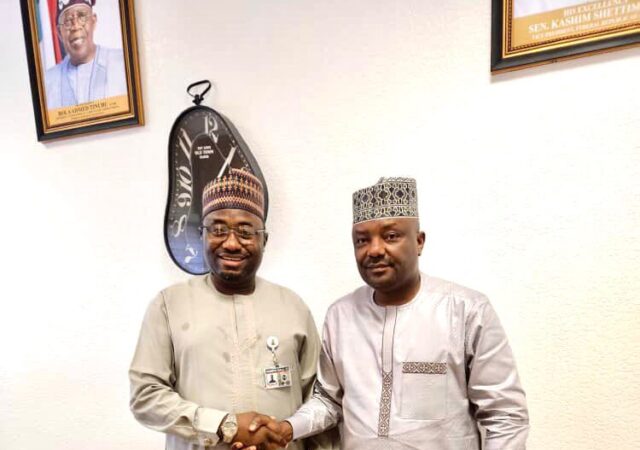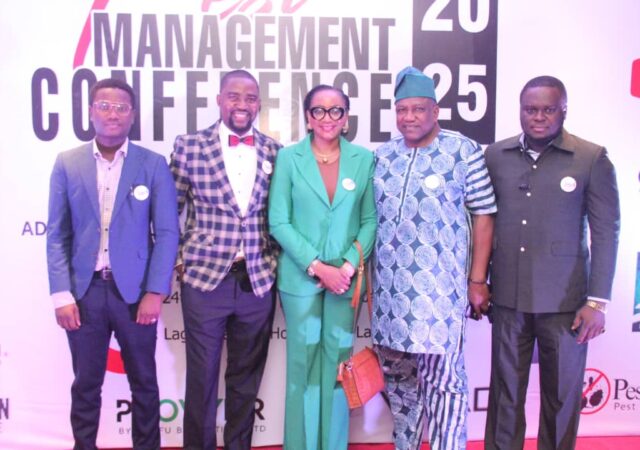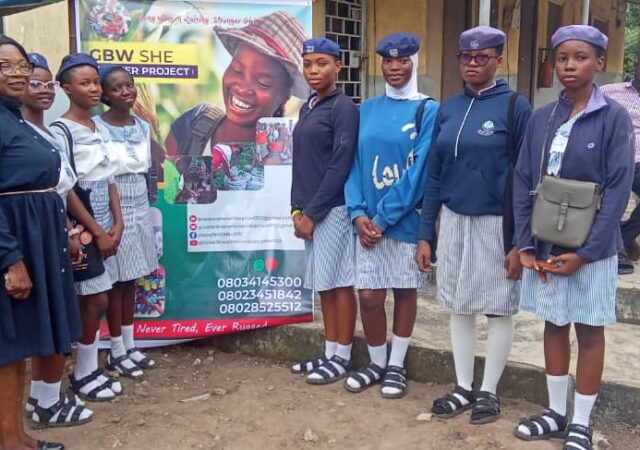- Sierra Leone ranks among the 15 worst climate-affected economies, with projected temperature increases and erratic rainfall patterns threatening agriculture and infrastructure, potentially causing GDP losses of 9-10% by 2050
The World Bank today launched the Sierra Leone Country Economic Memorandum (CEM) and the Country Climate and Development Report (CCDR), two core analytical reports that provide essential insights into the country’s economic and climate challenges, offering strategic pathways for sustainable growth and resiliencee.
“These reports provide a comprehensive roadmap for addressing the economic and climate challenges facing Sierra Leone,” said Abdu Muwonge, World Bank Country Manager for Sierra Leone.
“While the Country Economic Memorandum highlights the interconnectedness of economic challenges and the need for ambitious reforms, the CCDR underscores the urgency of climate action. The World Bank is committed to supporting Sierra Leone in implementing these strategies to achieve inclusive growth and build resilience.”
The CEM analyzes Sierra Leone’s economic landscape, noting persistent poverty and lower GDP per capita growth compared to similar low-income countries despite the country’s rich resources.
Key challenges to growth include macroeconomic instability, driven by lax fiscal and monetary policies, weak institutions, and poor governance, with fiscal deficits often exceeding targets due to spending overruns and weak oversight.
High public debt limits private investment, while a small and uncompetitive private sector restricts diversification beyond the mining. Domestic firms face growth challenges due to limited access to credit, electricity, and land, compounded by a skills mismatch in the labor force.
To address these challenges, the report proposes a growth strategy focusing on mining, agriculture, agro-processing, and labor-intensive sectors, including:
- Restoring macroeconomic stability through fiscal consolidation and improved debt management.
- Recalibrating the role of the state by reevaluating state-owned enterprises and investing in climate-resilient infrastructure.
- Enabling the private sector by improving access to infrastructure, credit, and reducing barriers to foreign investment.
- Building human capital by enhancing education quality and aligning skills development with market demands.
“The CEM is a vital tool in understanding the economic challenges facing Sierra Leone. The country has the resources and potential for significant economic growth, and this report provides a roadmap for achieving sustainable development while creating jobs for its expanding work force,” said Smriti Seth, World Bank Senior Economist and a lead author of both reports.
The CCDR examines Sierra Leone’s socio-economic development prospects within the context of climate change, emphasizing impacts on agriculture, infrastructure, and the economy. Sierra Leone ranks among the 15 worst climate-affected economies, with projected temperature increases and erratic rainfall patterns threatening agriculture and infrastructure, potentially causing GDP losses of 9-10% by 2050. Economic impacts include declines in labor and crop productivity, as well as damage to capital stock from increased maintenance costs and flooding. Poverty and inequality are expected to worsen, with nearly 600,000 additional people pushed into poverty by 2050.
To build climate resilience and mitigate the threats, the report suggests three pathways:
- Developing green energy and sustainable cities through resilient infrastructure and renewable energy investments.
- Promoting climate-smart agriculture by enhancing policy frameworks and investing in climate-smart technologies.
- Strengthening social resilience by improving health infrastructure and expanding social protection systems.
Implementing these climate actions requires significant financial resources, with funding needed from domestic taxes, green private sector investments, and international support.
“The CCDR complements the CEM by showing that climate change is not only a threat to Sierra Leone’s development goals but also a powerful lens for identifying opportunities to build a more resilient and sustainable future by aligning growth strategies with climate priorities to safeguard long-term progress,” added Sabrina Haque, World Bank Environmental Specialist and a lead author of the CCDR.







